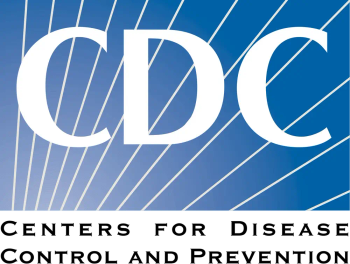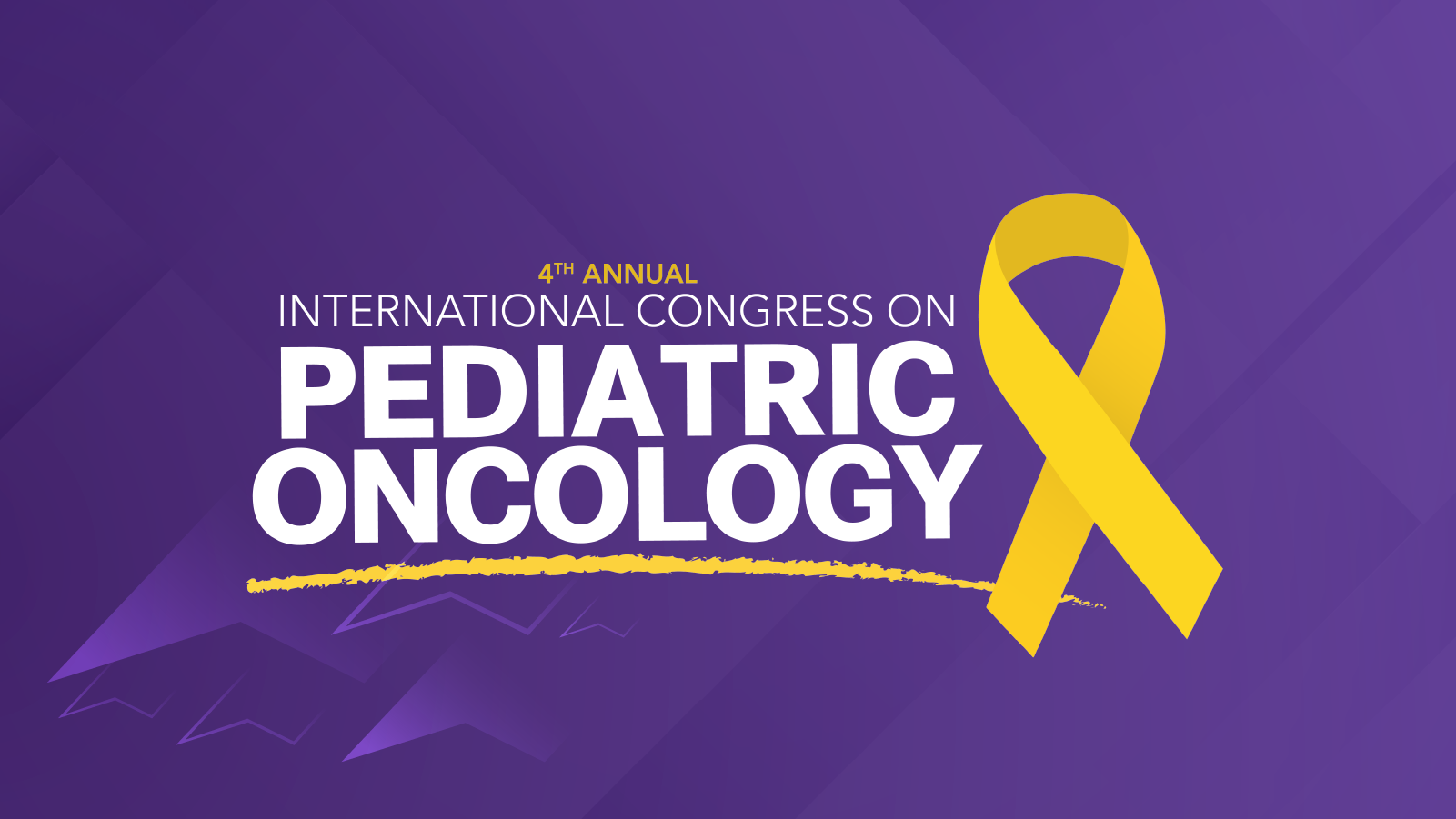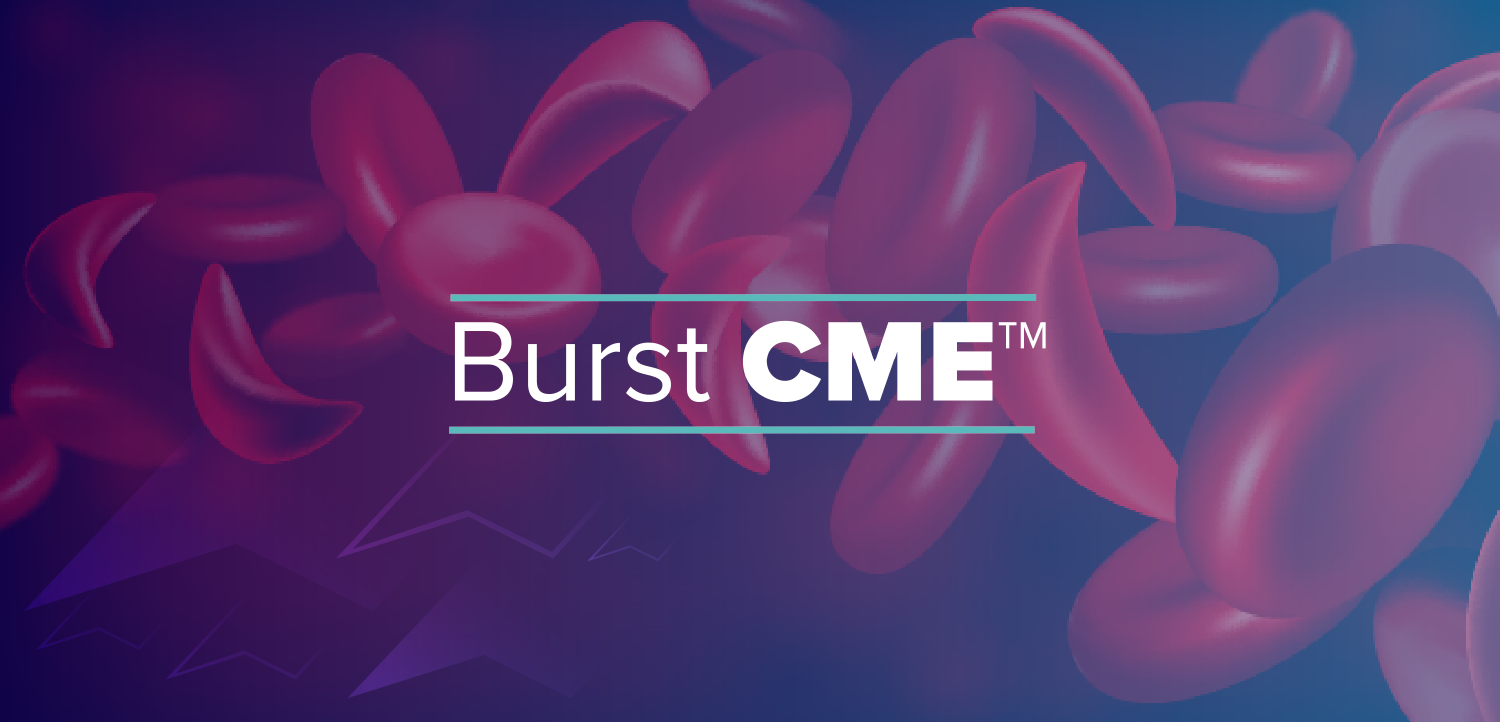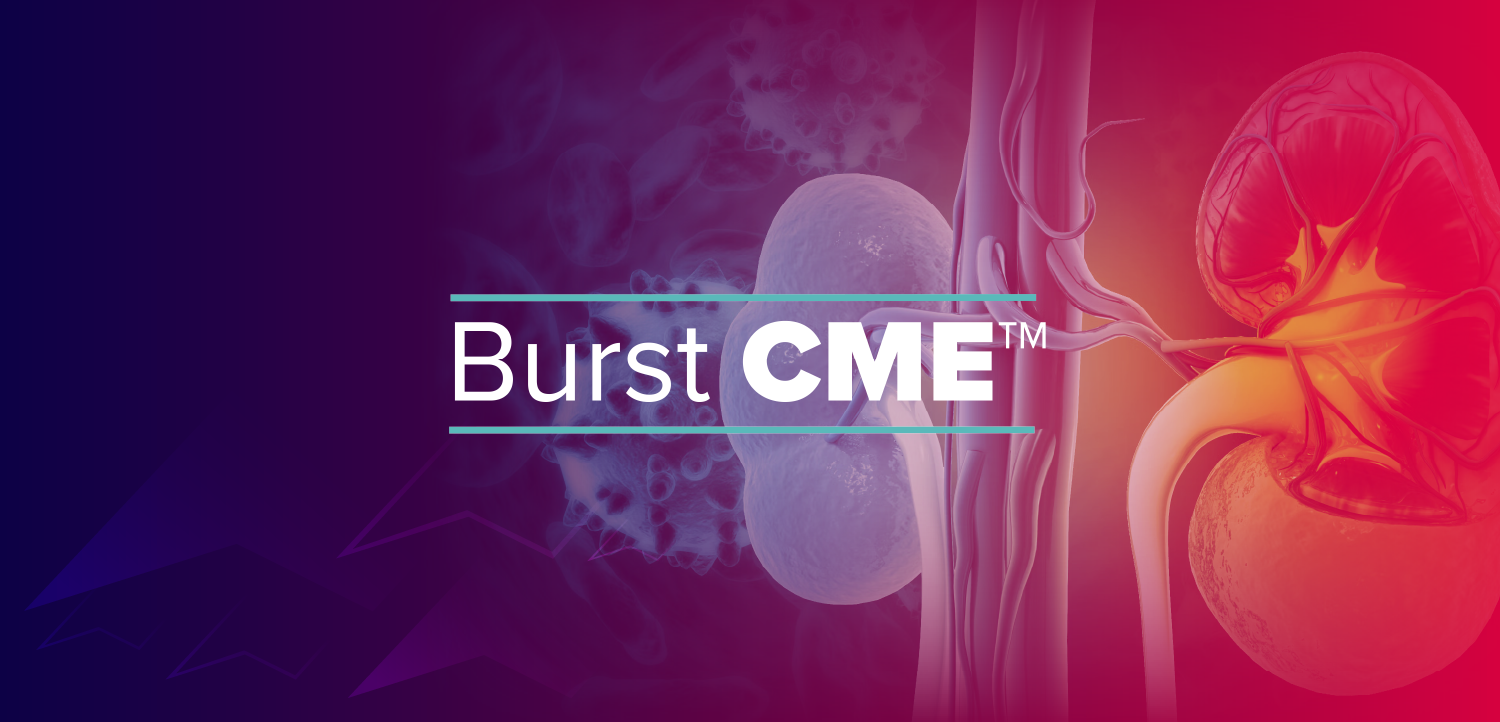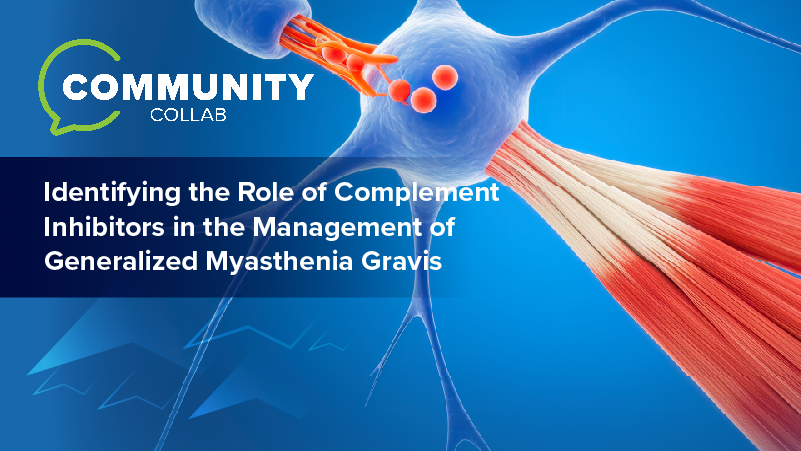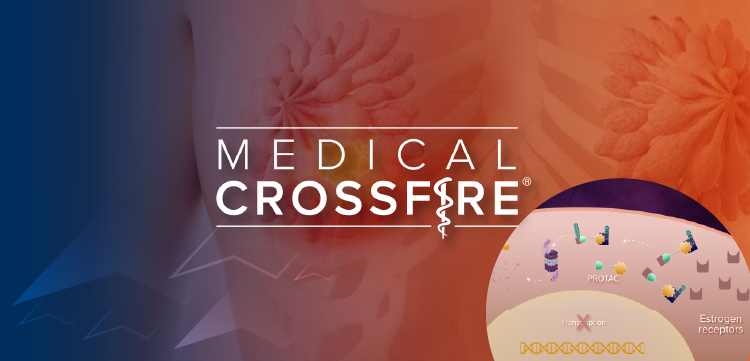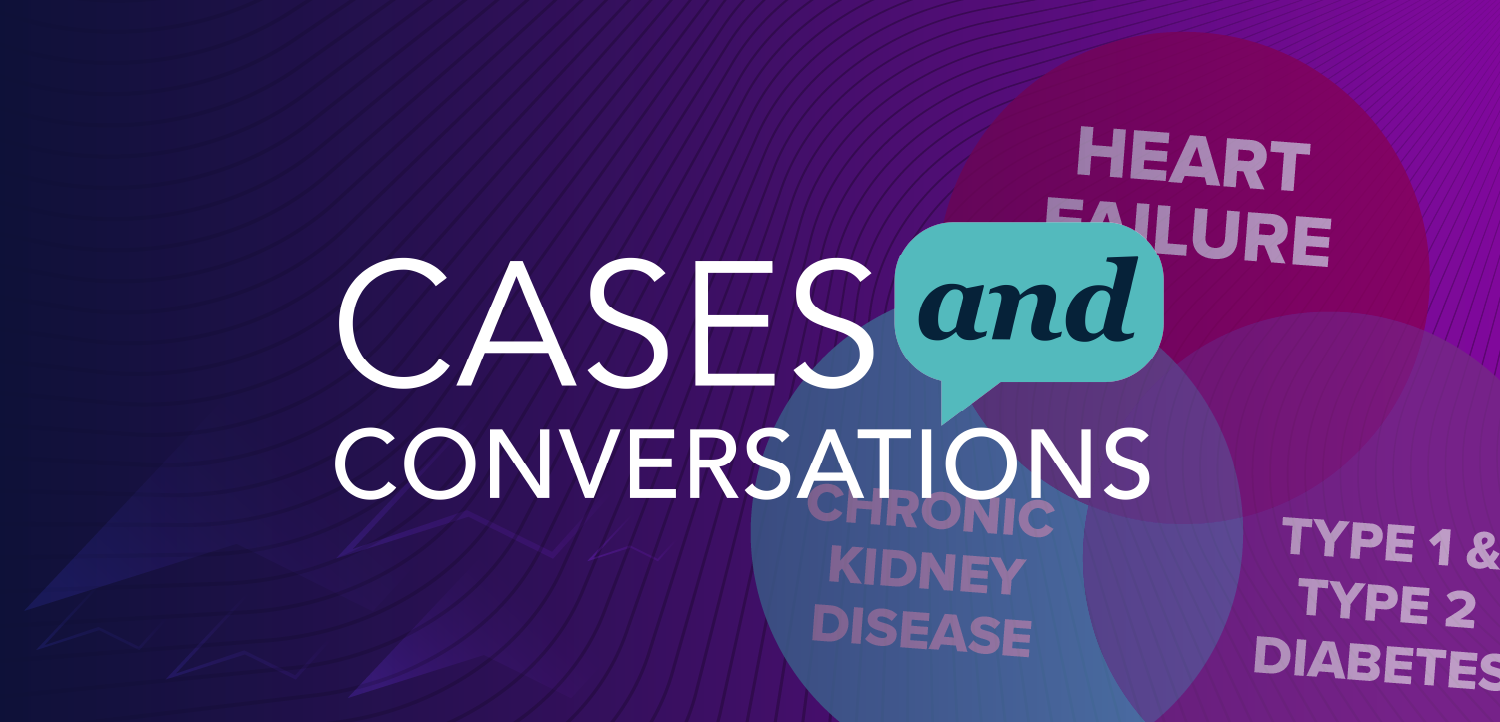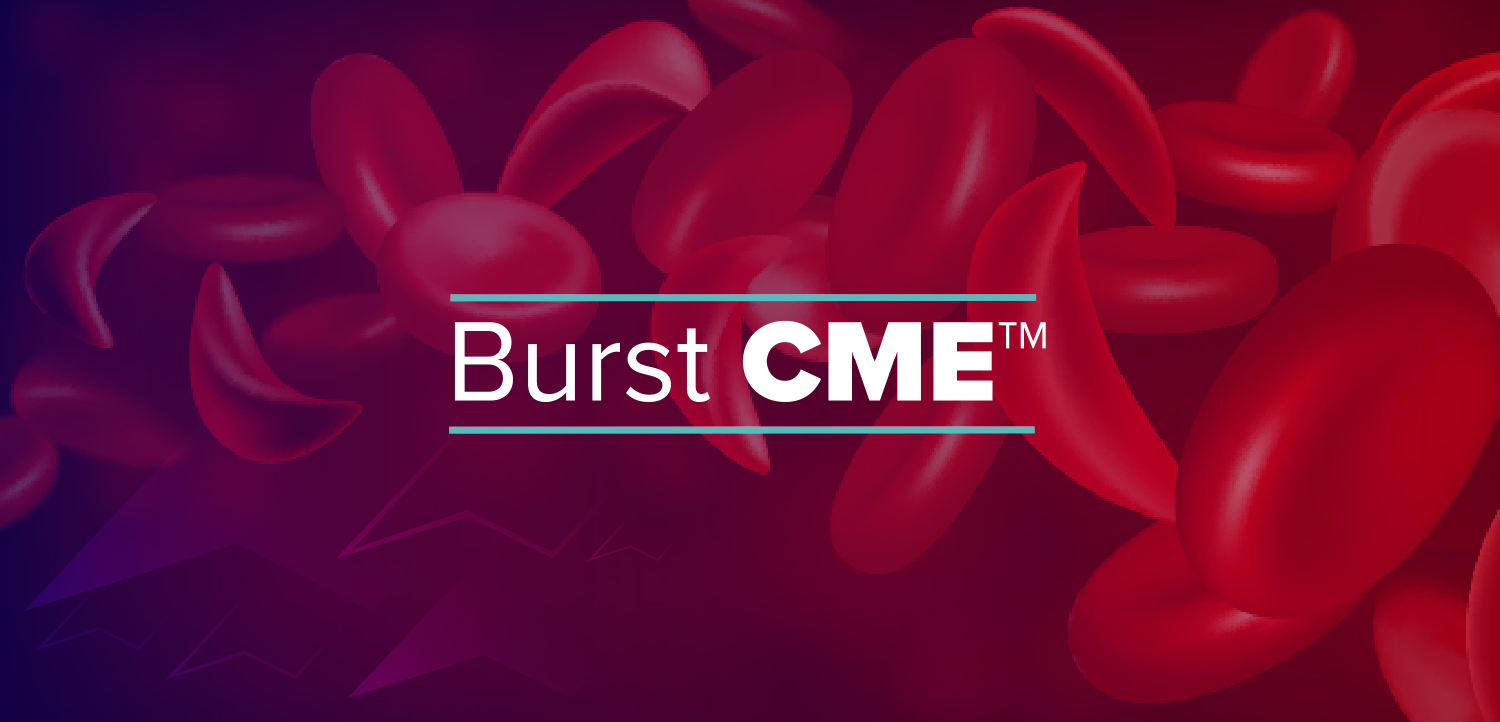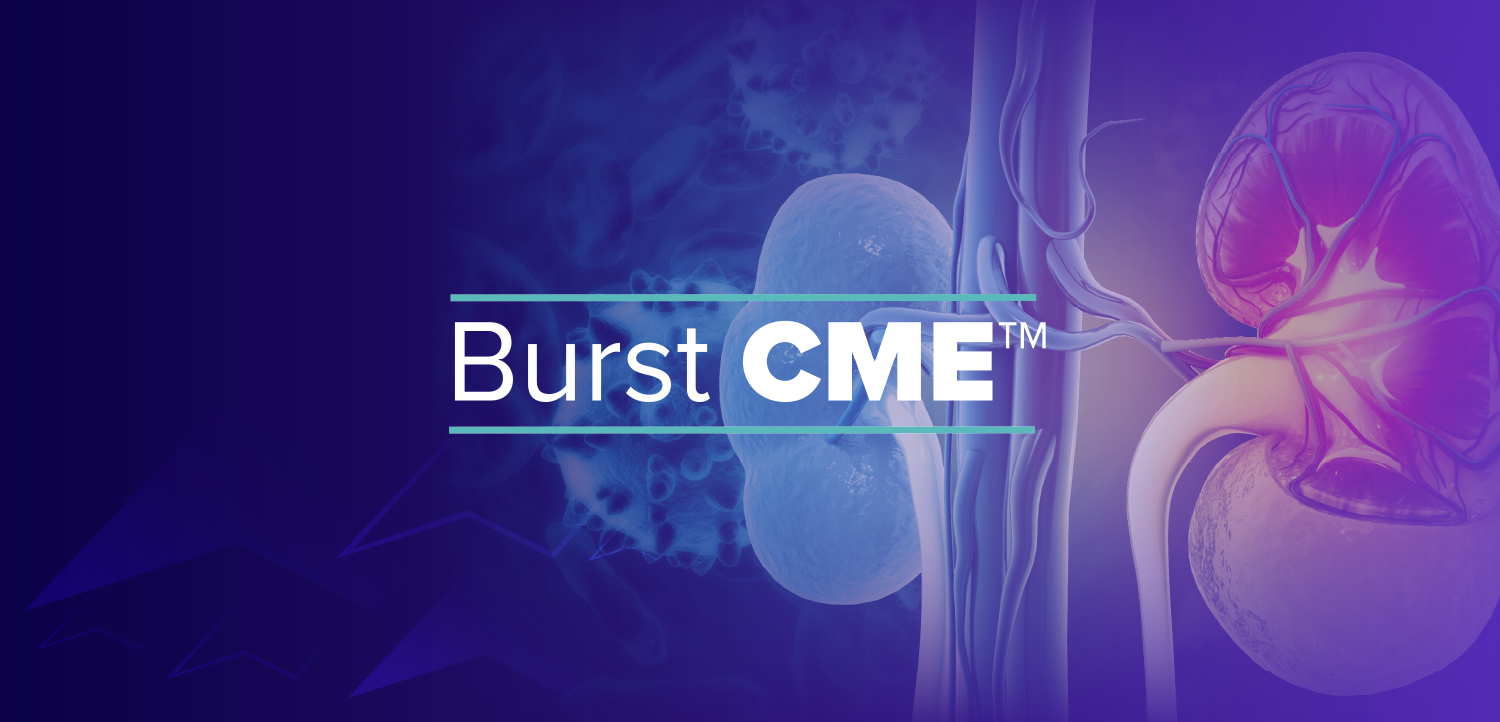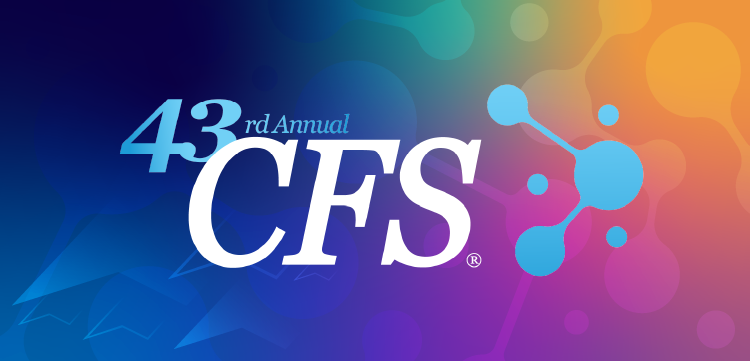On World Mosquito Day 2025, the European Centre for Disease Prevention and Control (ECDC) reported record levels of mosquito-borne disease activity across the continent. Officials caution that Europe is entering a "new normal" in which longer and more intense mosquito seasons, shaped by climate and environmental changes, increase the likelihood of local outbreaks.1
Rising temperatures, extended summers, milder winters, and shifting rainfall patterns are creating favorable conditions for mosquitoes to thrive and spread disease. "Europe is entering a new phase where longer, more widespread, and more intense transmission of mosquito-borne diseases is becoming the new normal," said ECDC Director Pamela Rendi-Wagner, MD.1
Chikungunya Activity Reaches Record Levels
In 2025, Europe recorded its highest number of chikungunya outbreaks to date with 27 events. The mosquito vector Aedes albopictus is now established in 16 European countries and more than 360 regions, compared with only 114 regions a decade ago. This expansion increases the risk of transmission across new areas.2
For the first time, a locally acquired chikungunya case was confirmed in France’s Alsace region, underscoring the northward spread of the disease. According to ECDC’s seasonal surveillance update for Week 33:2
- France has reported 111 locally acquired cases across 22 clusters as of August 13, representing an increase of 48 cases and six clusters compared with the previous week. Sixteen clusters remain active, with the largest in Vitrolles (23 cases), Grosseto-Prugna (14 cases), and Salon-de-Provence/Grans/Lambesc (13 cases). New clusters have also been identified in Charente, Côte-d’Or, Haute-Corse, Alpes-Maritimes, and Isère.2
- Italy has reported seven locally acquired cases across five clusters. Five new cases were reported in Week 33, with active clusters currently located in Modena and Verona provinces.2
West Nile Virus Expands Across Europe
West Nile virus (WNV) is also spreading into new regions of Europe. In 2025, human infections have been reported in eight countries: Bulgaria, France, Greece, Hungary, Italy, Romania, Serbia, and Spain. As of August 13:3
What You Need To Know
Aedes albopictus has spread to 16 countries and 369 regions, driving record chikungunya outbreaks and extending transmission northward.
WNV cases are appearing in new areas of Italy and Romania, with infections expected to peak in late summer.
No vaccine exists for WNV; clinicians should maintain high suspicion for febrile illness in returning travelers and at-risk local populations.
- France confirmed new cases in Seine-Saint-Denis, marking the first reports in this region during the current season, in addition to ongoing cases in Bouches-du-Rhône and Var.3
- Greece continues to report widespread activity, with probable and confirmed cases in Anatoliki Attiki, Dytiki Attiki, Dytikos Tomeas Athinon, Evros, Ileia, and Karditsa/Trikala.3
- Additional cases have been detected in Italy, Romania, Hungary, Spain, Serbia, and Bulgaria. Surveillance data remain preliminary and subject to revision as countries update case numbers.
ECDC notes that 2025 represents one of the most geographically widespread WNV seasons in recent years, with new regions reporting infections compared with previous weeks. Seasonal transmission typically peaks in August and September, making the coming weeks a critical period for monitoring.3
Guidance and Preparedness
To support Member States, ECDC has released updated guidance on surveillance, prevention, and control of chikungunya, dengue, and Zika virus disease. A separate guidance document addresses West Nile virus. These resources are intended to help countries at varying levels of preparedness assess risk and implement appropriate response measures.
ECDC emphasizes the importance of vector control, enhanced surveillance, and public awareness. Personal protection strategies remain essential, including the use of mosquito repellents, protective clothing, window screens, bed nets, and air conditioning or fans. Populations at increased risk include children, older adults, and individuals with weakened immune systems.
Healthcare providers are encouraged to maintain vigilance for potential cases to ensure early diagnosis and response. While vaccines have recently been developed for chikungunya, there is no licensed human vaccine for West Nile virus.
References

